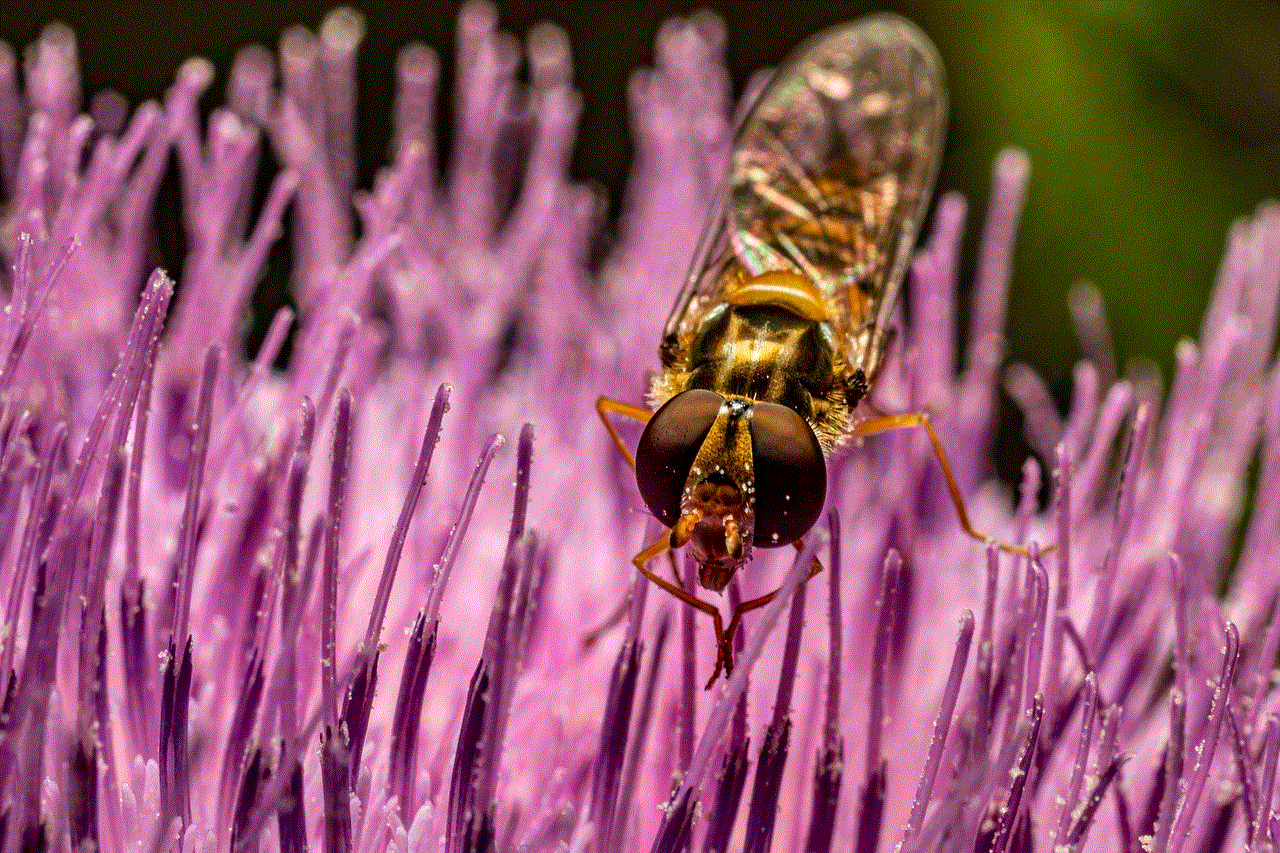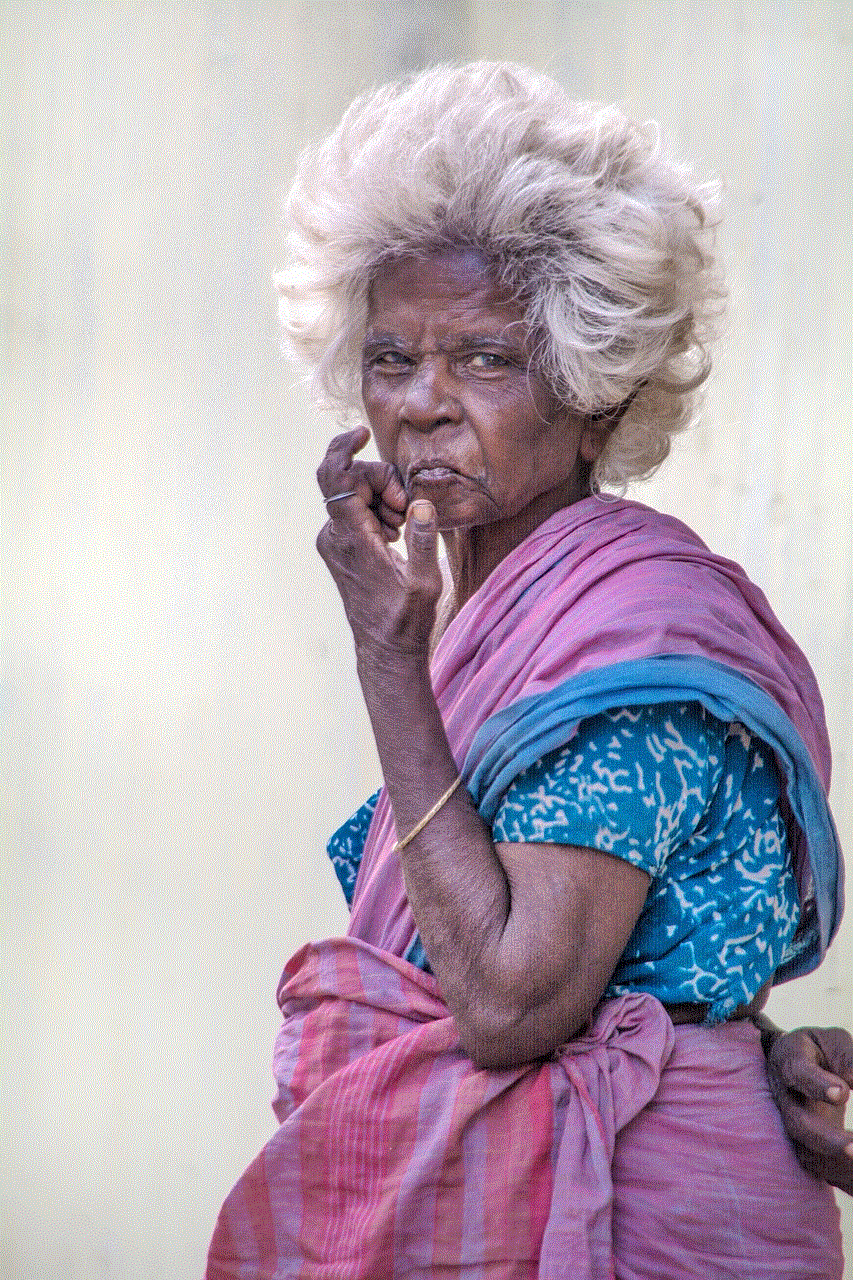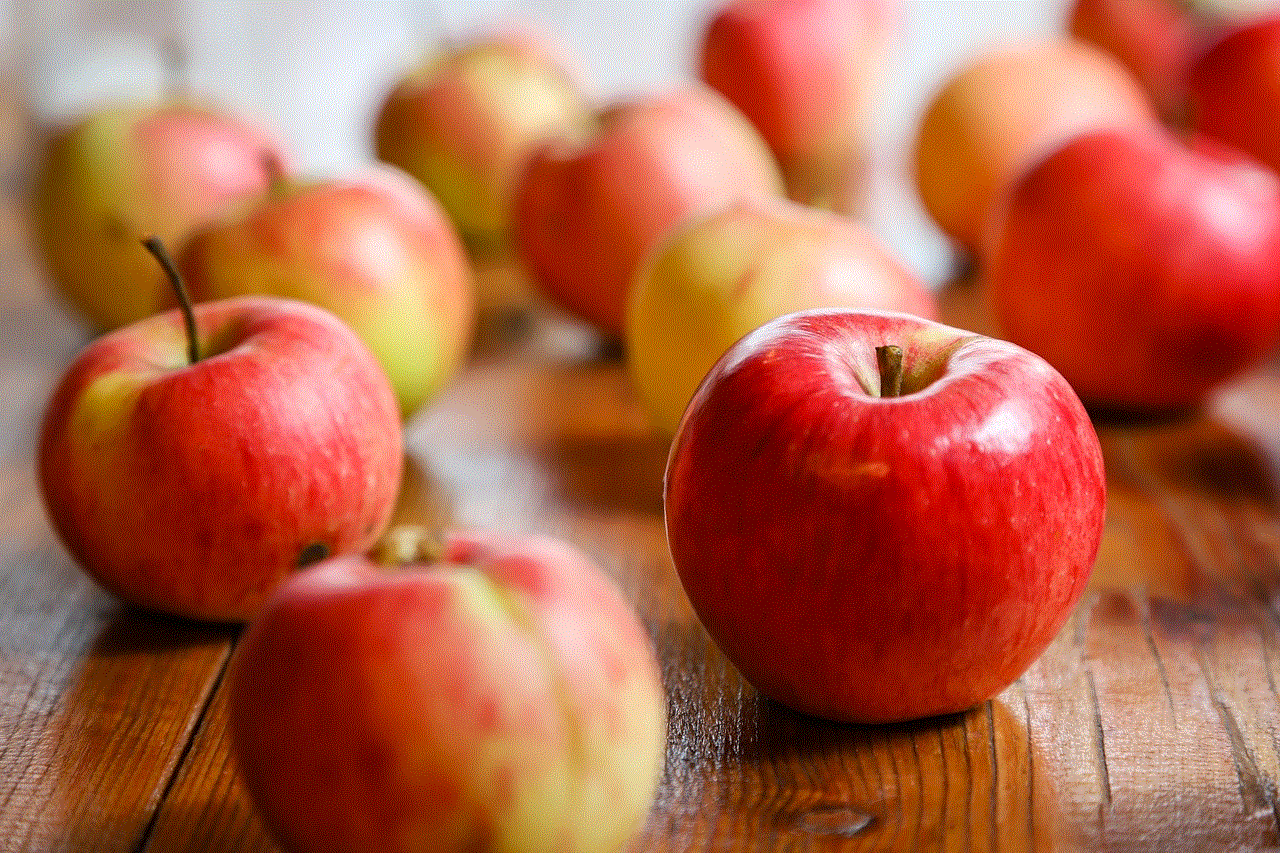is mukbang dangerous
Mukbang, a popular trend that originated in South Korea, has taken the world by storm in recent years. The term “mukbang” is a combination of two Korean words, “mukja” meaning “eating” and “bangsong” meaning “broadcast.” It refers to the act of broadcasting oneself eating a large amount of food while interacting with the audience. This trend has garnered a massive following on social media platforms, with thousands of mukbang videos being uploaded every day. While mukbang may seem harmless and entertaining, there has been a growing concern about its potential dangers. In this article, we will explore the question, “Is mukbang dangerous?” and shed light on the potential risks associated with this trend.
To understand the potential dangers of mukbang, we first need to delve into what it is and how it became so popular. Mukbang originated in South Korea in the early 2010s, where it was initially used as a way for people to connect with each other over food. It gained popularity in the West in 2014 when a South Korean mukbang YouTuber, Park Seo-yeon, also known as “The Diva,” went viral for her over-the-top eating videos. Mukbang gained even more fame when popular social media platforms, such as Instagram and tiktok -parental-control-effectively-in-2023″>TikTok , adopted the trend, making it accessible to a wider audience.
On the surface, mukbang may seem like a harmless form of entertainment. After all, it is just people eating food, right? However, what makes mukbang unique is the excessive amount of food that is consumed during these videos. Mukbang YouTubers often consume large quantities of food, sometimes even up to 10,000 calories in one sitting. This excessive consumption of food can have severe consequences on an individual’s physical and mental health.
First and foremost, consuming large amounts of food in one sitting can lead to overeating and binge eating. Overeating can cause discomfort, bloating, and indigestion, while binge eating has been linked to numerous health issues, including obesity, heart disease, and diabetes. Mukbang videos often glorify overeating, promoting the idea that it is acceptable to consume excessive amounts of food. This can potentially lead to viewers mimicking this behavior and developing unhealthy eating habits.
Moreover, the foods consumed in mukbang videos are often high in calories, sugar, and fat. These foods, such as fast food, fried food, and sweets, are known to contribute to weight gain and increase the risk of developing chronic health conditions. Mukbang YouTubers may also add a large amount of condiments, sauces, and toppings to make their videos more visually appealing, further increasing the calorie and fat intake. This can have detrimental effects on an individual’s health, particularly if they are regularly consuming mukbang videos.
In addition to the physical health implications, mukbang can also have severe consequences on an individual’s mental health. Mukbang videos can promote an unhealthy relationship with food, leading to disordered eating patterns. The constant focus on food and eating in these videos can trigger individuals who are struggling with eating disorders, causing them to relapse or develop new eating disorders. Moreover, the pressure to consume large amounts of food in one sitting can also lead to feelings of guilt and shame, further exacerbating any existing mental health issues.
Another potential danger of mukbang is the pressure it puts on the mukbang YouTubers themselves. As the trend gained popularity, many people started creating mukbang videos to gain fame and make money. The pressure to constantly create content and attract viewers can lead to mukbang YouTubers pushing their limits and consuming even more food than they are comfortable with. This can lead to serious health issues, both physical and mental, for these individuals. Moreover, the constant focus on food and eating can also take a toll on their mental health, leading to stress, anxiety, and burnout.
Furthermore, there is also the issue of food waste associated with mukbang. As mukbang YouTubers often consume excessive amounts of food, there is a high chance that a significant portion of it goes to waste. This not only has negative implications for the environment but also sends a wrong message about food and its value. In a world where millions of people suffer from food insecurity, glorifying food waste in mukbang videos is irresponsible and can have serious consequences.
Apart from the potential dangers on an individual’s health, mukbang can also have a negative impact on society as a whole. The glorification of excessive consumption of food in mukbang videos can promote unhealthy eating habits and contribute to the already increasing rates of obesity and other health issues. Moreover, mukbang videos can also perpetuate unrealistic beauty standards, as many mukbang YouTubers are thin and portray an idealized image of beauty, further fueling body image issues and low self-esteem.
In conclusion, while mukbang may seem like a harmless trend, it is essential to acknowledge the potential dangers associated with it. The excessive consumption of food, the promotion of unhealthy eating habits, and the pressure it puts on individuals can have severe consequences on their physical and mental health. Moreover, mukbang can also have a negative impact on society and the environment. As with any trend, it is essential to practice moderation and be mindful of the content we consume. Instead of glorifying overeating and food waste, let us promote healthy eating habits and a positive relationship with food.
profile downloaded in settings
In today’s digital age, our lives are heavily intertwined with technology. From smartphones to laptops, we rely on these devices to keep us connected and organized. With the constant evolution of technology, it’s no surprise that our personal devices have become even more personalized. This is where the concept of profile downloads comes in.
A profile download is when a user downloads a pre-configured set of settings onto their device. These settings can range from simple preferences such as wallpaper and ringtone to more complex configurations like email and network settings. The idea behind profile downloads is to make the user’s experience more seamless and efficient by eliminating the need to manually set up their device.
One of the most common uses of profile downloads is in the workplace. Many companies use a mobile device management (MDM) system to manage their employees’ devices. This allows them to remotely push profile downloads to their employees’ devices, ensuring that they have access to all the necessary settings and applications for their job.
But profile downloads are not just limited to the workplace. They have also become increasingly popular among personal users. For example, when setting up a new smartphone, users can choose to download a profile from their previous device, making the transition smoother and quicker. This way, they don’t have to spend time individually setting up their email accounts, Wi-Fi networks, and other preferences.
In addition to simplifying the setup process, profile downloads can also be used to customize devices for specific purposes. For instance, a company can create a custom profile for their sales team that includes their CRM app, email, and other necessary settings. This allows the sales team to have all their tools readily available on their device, increasing their productivity and efficiency.
Similarly, schools can use profile downloads to configure devices for students. This can include educational apps, network settings, and restrictions on certain features to ensure that the device is used for academic purposes only. This not only streamlines the setup process but also helps in managing and monitoring the devices.



Another benefit of profile downloads is that they can be used for troubleshooting and disaster recovery. In the event of a device malfunction, a user can download their profile to a new device, ensuring that they have access to all their settings and data. This eliminates the need to manually set up the device and minimizes the downtime.
Moreover, profile downloads also allow users to have multiple profiles on a single device. This is particularly useful for those who use their device for both personal and professional purposes. They can have a separate profile for work, which includes all the necessary settings and apps, and a personal profile with different preferences and applications.
With the rise of remote work, profile downloads have become even more relevant. As more people work from home and use their personal devices for work, it has become essential to have a way to manage and configure these devices remotely. Profile downloads enable companies to do just that, ensuring that their employees have access to all the necessary settings and applications, regardless of their location.
However, like any technology, there are also some concerns surrounding profile downloads. One of the main concerns is security. As profile downloads contain sensitive information such as email and network settings, there is a risk of this information being compromised. To address this issue, companies and MDM providers have implemented various security measures, such as encryption and authentication, to protect the data in profile downloads.
There is also a concern about privacy with profile downloads. As these profiles contain a user’s personal settings and preferences, there is a risk of this information being used for targeted advertising or other purposes without the user’s consent. To address this, companies have to ensure that their privacy policies are transparent and that users have control over what data is being shared in their profile downloads.
In conclusion, profile downloads have become an essential part of our digital lives. They not only simplify the setup process of our devices but also allow for customization and remote management. However, it’s crucial to address the concerns surrounding security and privacy to ensure that users’ data is protected. With the continuous advancements in technology, we can expect to see further developments and improvements in profile downloads, making our digital experience even more personalized and efficient.
make pinterest board private
How to Make Your Pinterest Board Private: A Comprehensive Guide
Pinterest has become one of the most popular social media platforms for sharing and discovering ideas, inspiration, and creativity. With millions of users worldwide, it offers a vast collection of images, videos, and articles covering various topics. While Pinterest encourages sharing and collaboration, there may be times when you want to keep your boards private. Whether you’re planning a surprise party, organizing a personal project, or simply want to keep your ideas to yourself, making your Pinterest board private is a smart and easy way to maintain privacy. In this comprehensive guide, we will walk you through the steps to make your Pinterest board private.
1. Sign in to your Pinterest account: Open the Pinterest app or visit the Pinterest website and log in with your credentials. If you don’t have an account yet, you can create one by providing the required information.
2. Access your boards: Once you’re logged in, you will be directed to your home feed. To access your boards, click on your profile picture located at the top-right corner of the screen. This will open a drop-down menu with various options.



3. Select the board you want to make private: From the drop-down menu, click on “Your boards.” You will be directed to a page displaying all your boards. Choose the specific board you want to make private by clicking on it.
4. Edit the board settings: On the board’s page, click on the pencil icon located at the top-right corner of the screen. This will allow you to edit the board settings.
5. Enable the “Secret” option: In the board settings, scroll down until you find the “Visibility” section. By default, the visibility is set to “Public.” Click on the drop-down menu and select the “Secret” option. This will make your board private and only visible to you.
6. Save your changes: After selecting the “Secret” option, click on the “Save” button located at the bottom-right corner of the screen. This will save your changes and make your Pinterest board private.
7. Repeat the process for other boards: If you have multiple boards that you want to make private, follow the same steps for each individual board. Remember to save your changes after enabling the “Secret” option for each board.
8. Access your private boards: To access your private boards, click on your profile picture again and select “Your boards” from the drop-down menu. You will see a list of all your boards, including the private ones. Private boards are marked with a lock icon, indicating they are only visible to you.
9. Share your private board selectively: While your private boards are not visible to the public, you can still share them with specific individuals if desired. To do this, click on the board you want to share, and copy the URL from the address bar. You can then send this URL to the people you want to grant access to.
10. Adjust the privacy settings: If you want to further customize the privacy of your boards, you can adjust the settings for each individual board. To do this, click on the board you want to modify, then click on the pencil icon to access the board settings. From there, you can control who can contribute, who can follow, and who can invite others to your board.
11. Keep your account secure: While making your Pinterest boards private is an essential step in maintaining privacy, it’s also crucial to keep your account secure. Choose a strong, unique password, enable two-factor authentication if available, and be cautious when clicking on suspicious links or sharing personal information on the platform.



In conclusion, making your Pinterest board private is a straightforward process that allows you to maintain privacy and control over your ideas and inspirations. By following the steps outlined in this guide, you can easily make your boards private, customize the privacy settings, and selectively share them with specific individuals. Remember to keep your account secure to ensure the privacy of your Pinterest experience. Happy pinning!